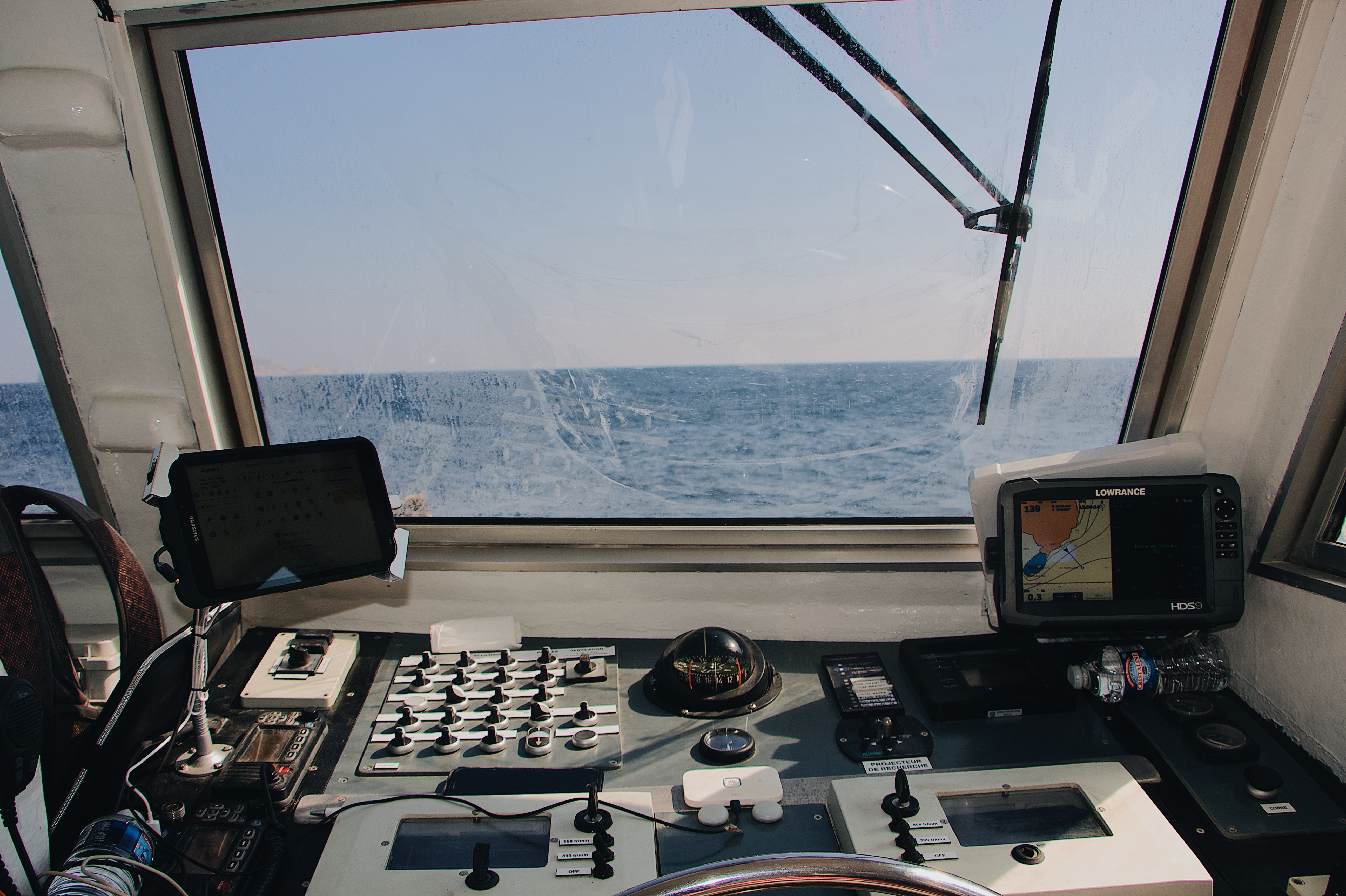
In today's digital age, marine electronics have revolutionized the boating experience by providing boaters with advanced navigational tools, safety features, and entertainment options. These devices have now become essential for both recreational and professional boaters. Whether you’re on a Quintrex boat or a megayacht, these devices are great to ensure safe, comfortable, fun, and hassle-free boating experience. So, what are these devices that we’ve been talking about?
In this article, we will explore the world of marine electronics, and their benefits, and provide tips on how to effectively use them:
GPS and Chart plotters
Global Positioning System or commonly known as GPS technology has transformed navigation not only on land and air but also on water as well. GPS devices, coupled with chart plotters, provide accurate real-time positioning, chart plotting, and route planning capabilities. To use your GPS to its fullest potential, familiarise yourself with its basic functions, such as marking waypoints, creating routes, and setting alarms. Utilise the chart plotter feature to navigate safely, locate fishing spots, and avoid hazards by overlaying electronic charts on your screen.
Marine Radios and Communication Devices
Marine radios, such as VHF (Very High Frequency) radios, are essential for communication and safety on the water. Familiarize yourself with the various channels and frequencies available, as well as the correct procedures for making distress calls and communicating with other vessels. Understand the features of your radio, such as digital selective calling (DSC) capabilities, which can be used to send emergency messages and hail other boats. Keep your radio properly maintained and ensure you have a backup power source.
Radar Systems
Radar systems provide boaters with increased visibility and enhanced safety by detecting other vessels, obstacles, and even severe weather conditions. Learn how to interpret the radar screen such as differentiating between stationary and moving targets, and understanding various radar display modes, to effectively monitor your surroundings.
Fish Finders and Sonar
Enhance your fishing boat with fish finders and sonar systems. These are invaluable tools for locating fish and understanding the underwater environment through sound waves. Learn how to interpret the information displayed on your fish finder, such as depth, water temperature, and fish arches. To fully optimise your device to perform well in different water conditions, adjust its sensitivity settings.
Multifunction Displays
Multifunction displays (MFDs) consolidate various marine electronics into a single unit, providing boaters with a comprehensive control centre. Take the time to familiarize yourself with the features included in your MFDs, including chart plotting, sonar, radar integration, networking, and capabilities. Customise the display to show the information most relevant to your boating activities.
Weather Monitoring Systems
Weather conditions can change rapidly on the water, and having a weather monitoring system can help you stay informed and make informed decisions. Utilise marine weather apps, satellite weather receivers, or dedicated weather monitoring systems to access up-to-date forecasts, radar imagery, and severe weather alerts. Learn how to interpret weather data and use it to plan your boating trips accordingly, prioritising safety and avoiding adverse conditions.
Autopilot Systems
Autopilot systems provide hands-free steering control, allowing you to maintain a consistent course while navigating. Know how to control the different functions of your autopilot system, such as setting waypoints, adjusting steering parameters, and engaging various modes like heading hold or route following. Ensure the autopilot system is properly calibrated for accurate and reliable performance.
Entertainment Systems
Enhance your boating experience with marine entertainment systems, such as marine stereos and speakers. Install a high-quality marine-grade sound system that can withstand the harsh marine environment. Know how to control Bluetooth connectivity, radio presets, and volume controls. Respect local boating regulations and be considerate of other boaters by keeping the volume at a reasonable level.
Take the time to understand the functions and features of each device, practice their operation, and keep them properly maintained. With a solid grasp of how to use these marine electronics properly, you can enjoy a seamless and enjoyable boating experience.